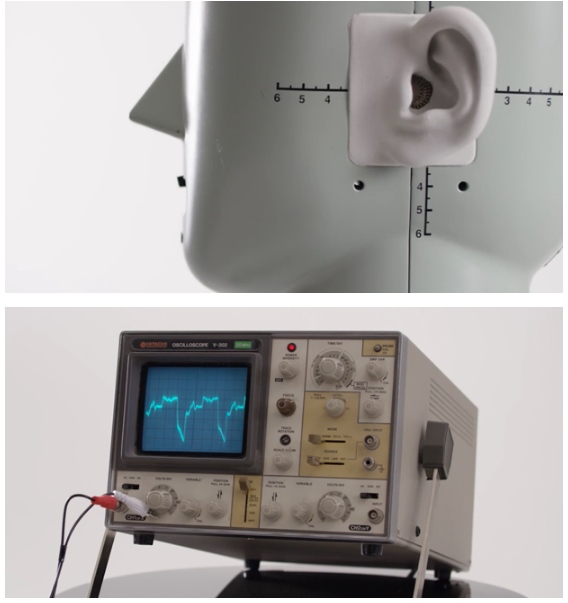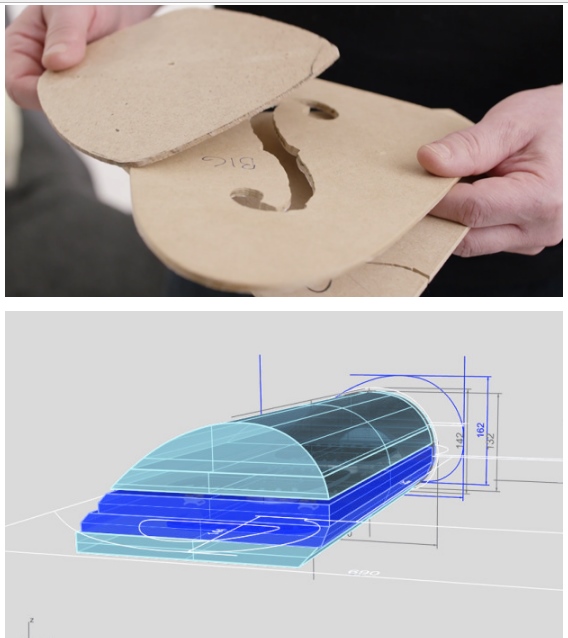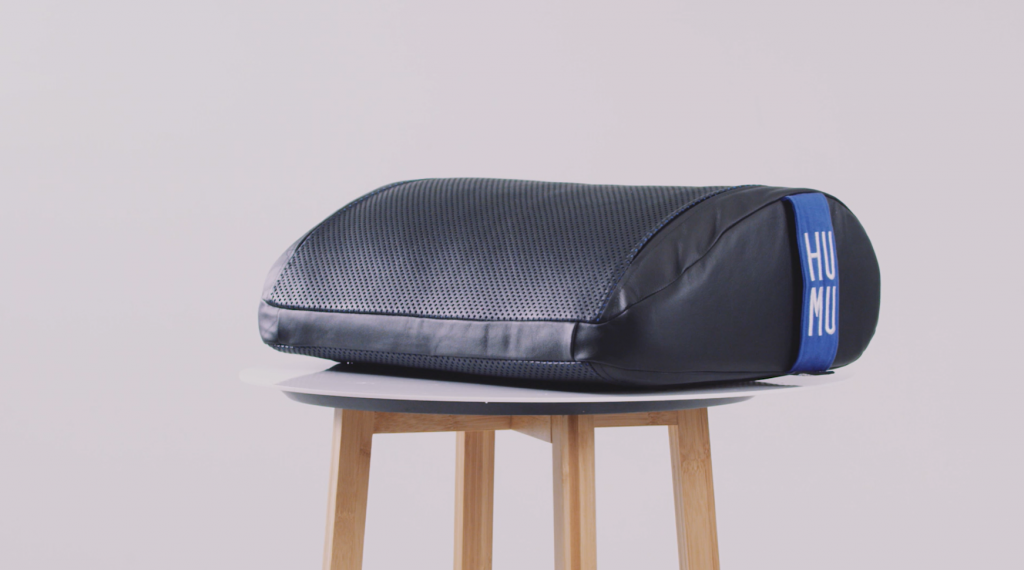”Sounds are not only an important element of the perceptual scene but are also philosophically idiosyncratic in many intriguing ways; in particular, their temporal and spatial unfolding, as presented in perception, has interesting metaphysical and epistemological aspects.”
The claim is made by Roberto Casati and Jerome Docik in their article on ”Sounds” (Standford Encyclopedia of Philosophy, 2005), and they go on suggesting that the most fruitful way to look into the nature of sound is to deal with its spatial properties.
So that is the question: Where is the sound?
Three theories. One, sounds are where the hearer is (sound as a sensation, a proximal stimuli). Two, and as exemplified by mainstream acoustics, sounds are in the medium between the resonating object and the hearer (sounds as airwaves). Third, sounds are located at the resonating object (sounds as properties, events or dispositions of the sounding object).
Some thinkers deny spatial relevance to sounds altogether (so called aspatial theories). To keep things simpler and closer to the topic of today, let’s put that option aside.
Significant variants of each of the theories exist. All can and have been argued for and against. None is without conceptual shortcomings. These considerations do bear outer relevance to Flexound’s sounding cushion called HUMU. In what follows, I briefly elaborate the topic (on the basis of the article), but if conceptual engineering is not your cup of tea, just skip the next few paras until the next subtitle.
Theories at odds with ordinary aural perception
The major shortcoming of the idea (proximal theory) that sounds were inner sensations or mechanical events at the ear, is that they do not locate sounds where a layperson would say about where the sound is. Thus, if proximal theories were right, we would be almost always mistaken in our aural perceptions, on certain important aspects of the sound such as distance, echoes, reverberations, filtering and other factors that inform us about the position of the source.
Theories that construe sounds as features of the medium (medial theories) in which a sounding object and a hearer are immersed, typically identify sounds with sound waves that stretche from the distant sounding object to our ear.
Waves neatly explain, as all audiophiles well know, many perceptual properties of sounds (pitch, intensity etc.). But what about sounds that feel identical to the ear although the corresponding medial properties are different? And what about ultrasounds (above 20.000 Hz) and infrasounds (below 20 Hz) that share the same physical nature with sounds (ie. mechanical vibrations transmitted by an elastic medium) but are not audible: Do they count as sounds?
”More importantly”, write Casati and Docik, ”medial theories are not better than proximal theories in locating sounds where the ordinary auditory perception suggests they are. Thus, if sounds were sound waves, we would be almost always mistaken in our aural perceptions (would necessiate a massive error theory of auditory perception)”.
For instance, a loud sound, which is heard as being far from us, is different from a soft sound, which is heard as being close to us. If the sound of a person who is speaking low is amplified, the impression is not of a person who speaks loud, but having come very close to a low-speaking giant!
Finally, theories that physically identify sounds with sounding objects (at the surface of it or in the stuff of it) seem to be more in peace with the ordinary spatial structure of auditory content in that they allow that sounds are typically heard both as externalized (contrary to proximal views) and as distally located (contrary to medial views).
But what exactly the distal sounds should be identified with? Are they properties of the sounding objects? Sound sources are not ordinarily thought to “have sounds” in the sense objects “have” colors or shapes. Rather, sounding objects are conceived as ”making” or ”producing” sounds. Sounds, unlike colors and shapes, are dynamic. They take up time.
Instead of properties, distal sounds could be interpreted in terms of events or dispositions, but as you would guess by now, those proposals too face a number of more or less subtle objections. Summing up then, given that it is reasonable to require that whatever sounds are, should be somewhat revealed in hearing, none of the theories can fully account for the sounds’ spatial unfolding. Which doesn’t make the question of the sound’s whereabouts any less interesting.

HUMU – feeling the sound
Where does all that conceptual thinking leave us with Flexound’s 349 euro resonating Smart Cushion HUMU?
Flexound describes HUMU as ”an easy-to-use audio device cushion that adds the sense of touch to an audio experience, a new dimension which is the ability to feel the sound waves”. The dual function is hoped to take the listener deeper into one’s favorite audiovisual content.
The way in which HUMU deviates from a ‘normal’ loudspeaker is that it allows the listener both hear the audio and feel the sound waves simultaneously. Normal loudspeakers do that too, to some extent, but not by being in physical contact with the listener (I hope?).
Hearing and feeling. Let’s look at the ”feel-part” first.
Flexound’s design philosophy takes seriously the fact that the body participates in ”hearing” the lowest frequencies (below 500Hz) of the sound. In the HUMU’s case, bodily vibrations are used to cause a therapeutic effect, and to boost the LF reproduction so that even the lowest bass sounds are always present in the aural experience.
To obtain the same amount of bass energy (shaking the body) from a normal loudspeaker (via air) would need a subwoofer, loads of amplifier power and crazy volume levels! Plus the effect would be there only for the very lowest frequencies whereas HUMU induced vibrations are felt all the way up to 500Hz.
Prior to experimenting with the HUMU, I assumed (after all, its therapeutic effect is not an insignificant part of the whole) that HUMU would have produced more bodily vibrations than I actually felt during music listening.
It soon became apparent that the presence of vibrations was a direct function of both the LF content of the recording, and the selected listening volume. The more LF material, the higher the level, the more physical vibrations in the shoulder and neck area.
But it wasn’t as straightforward as this. The presence of vibrations appeared to correlate also with how the lower registre was recorded. This was true independently of the music genre: classic music could raise an equal amount of vibrations than pop/rock did.
All in all, I would describe the opportunity to physically feel the sound as a ”nice” bonus, but in relation to HUMU’s overall performance, I find the role of bodily vibrations in boosting music’s bass content more significant. In the same breath I must say that I didn’t try HUMU with movies, sound books or similar objects recommended by the manufacturer. There the presence of felt vibrations would probably have been more noticeable. Note also that the sound can at any time be EQed from the source (mobile), if required.
Flexound Xperience technology
So, although perhaps far-fetched, it seems that, as far as the lowest frequencies are concerned, Flexound can be seen as advocating (in real life they do not take any stand on the subject, of course) some version of the distal theory of the sound: forget sound waves, forget sounds as in-ear sensations, just get in touch with the stuff of the resonating object with your body.
What exactly, technically speaking, is the resonating object with which the sound is identified with?
Unlike standard loudspeakers that vibrate sound into air by means of dynamic or some other loudspeaker element, HUMU vibrates sound with its patented Elastic Vibrating Element (EVE). EVE is described as “a robust elastical construction (with moving magnets) comprising low power electronics and proprietary signal processing”.
The elastic distributed vibration driver vibrates sound straight into an intelligent foam interior. To call a piece of foam ”intelligent” implies that the foam layer is an indispensable part of the vibrating construction, and participates, in a studied manner, in reproducing the sound in middle and high frequencies (above 500 Hz). How exactly, would be nice to know, because that is where much of Flexound’s innovation lies.
The two (EVE plus the foam construction) packed together form the Flexound Xperience audio module, which can be made use of in various applications such as cushions and seats.
With just a single “vibrating” element inside, HUMU is said to cover the whole frequency range from 20Hz up to 20kHz. As explained above, the lowest frequencies are collectively produced with the help of vibrating sensations in the body, while the middle and high frequencies are the sole responsibility of the EVE plus the foam.
The hearing part
I’m sure anybody who takes HUMU in hand for the first time and measures it by eye, is pretty much convinced (especially knowing that there are no conventional loudspeaker elements inside) that the sound coming through the soft pillow surface structure cannot be right in any serious sense. In particular, HF reproduction is bound to be soft, muddy and constrained.
No wonder then that the astonishment is great when the sound present to the ear appears to be not only rather full range but also clear and intelligible. It is also relatively well balanced in terms of the subjective frequency response.
Nothing crucial seems to be missing from the highest treble eg. in view of instrumental timbre. The sound is not restricted or subdued or matt. If there are dips and peaks in the frequency response (most likely there are some), overall, music still comes out fairly harmoniously. Solo piano music, for instance, can sound wonderful.
In absolute terms high-quality headphones sound more transparent, and are more informative on musical details and nuances, but the difference is more in the manner of sounding than in degree. As far as HUMU is concerned, decisive is the impression that no details or nuances appear to be lacking. According to the manufacturer, physical vibrations at lower frequencies further add to the clarity of the sound.
The only defect I could pick up, and all the time keeping in mind that no-one’s (the manufacturer included) considering HUMU as a highend hifi-component, some hard tones in the upper registre. A quality soft textile dome would have produced treble that was a tad richer in tone and more open in presentation, but that’s all. Also, the said harshness was not present with all music samples.
There’s no question that tonally HUMU clearly passes the ”good enough” test, and its performance in this respect comes surprisingly close to what one would expect from decent headphones. However, the most wonderful part of HUMU’s performance, and what really makes it most intriguing product, is how it deviates from headphones.

Experiencing Humu’s soundfield
As far as HUMU’s spatial peformance is concerned, Flexound seems to move to another philosophical camp. Now the suggestion is: forget loudspeakers (the resonating object), forget the medium (waves/air), the sound is where your head/brain is. Or to be more accurate: in its close proximity.
It is relatively easy to get the sound be located at a distance from the listener (loudspeakers). It is no more difficult to make the sound be inside the listener’s head (headphones). It is clearly more difficult to make the sound be somewhere near the head/ears. But that’s where the HUMU locates the sound: around the head.
Flexound itself calls HUMU’s soundscape ”sound bubble”. ”Bubble” is not a poor choice of words. It describes the fact that over middle and high frequencies, HUMU provides conditions for personal nearfield listening, of a very special kind.
To enjoy the sound’s spatial properties – the immersive listening experience, as they and many other put it – HUMU is just inserted behind the neck and shoulders on a comfortable couch, sofa, bed or what have you. Being behind the head, the sound comes from behind, and it is also so experienced. But at the same time the sound so stretches or extends from both sides that the head appears to sink into a ball, or more solemnly put, aural aureole. It’s a strange feeling, and at its best very appealing, at the same time. Unlike almost always with headphones the sound is not heard inside the head. Why?
HUMU is a stereo device. Kept in one direction, sound sources on the right hand side (eg. double basses) are heard from the side of the left ear as if the stage was behind one’s back. Other direction, and the stereo image is still emanating from behind but sources on the right now appear on the side of the right ear. Turning the head to either side doesn’t affect the sonic impression much.
However, the stereo image isn’t the point here, the sound bubble is. A possible reason for why the sonic experience feels, at first anyway, strange and nameless, but also so pleasant, is that the sound remotely resembles that of binaural audio.
Binaural means that the right ear receives only the signal of the right channel, and the left ear the left, with zero crosstalk. One can get an idea of binaural audio by listening to a disc recorded with a dummy head (microphones in both ears) through headphones.
Another way to carry out binaural audio, ie. eliminate the crosstalk between the ears, is to build a wall in between the loudspeakers extending to the hot spot, and then listen to music the nose stuck in the narrow end of the wall.
Now, HUMU can be conceived as a mechanical binaural device, in which the listener’s head forms the wall between the two channels, and prevents crosstalk between the ears. Ingenious! The sound eventually goes around the head and reaches the other ear on the opposite side too, but presumably too late in order to prevent the emergence of the binaural kind of ring around the head, the said sound bubble. The sound is where the brain is, because it’s our brains/hearing mechanism that does the trick.

Thanks to this feature the sound stays floating near the head instead of stepping inside the head as very easily takes place with headphones. Only a couple of times I felt the sound was slightly imposing in a headphone way, but never as straightforwardly tiring, and lowering the volume helped. Spatial location of the sound vis a vis the listener is the single most intriguing feature of the HUMU, and itself based on the results of psycho-acoustical research. The better the recording, the stronger the 3D experience.
The way in which the sound is made to radiate from the cushion has one highly beneficial side-effect: even when HUMU is played loud, the volume level to people nearby never grows to a disturbing level. It’s almost as quiet as open back headphones. This feature tells much of the way the sound radiates from the cushion. Amazing!
On rare occasions I felt I couldn’t get enough volume out of the pillow. Most of the time, 1/2 to 2/3 of the power reserves was enough.
The use of HUMU is simple and straightforward: either BT-pair it with a mobile or tablet, or connect the source analogically to the 3,5mm input. Nothing prevents from utilizing Flexound HUMU as a loudspeaker, but by far the best sonic results are obtained in the near-field listening.
Three colors exist: grey, white and black.
Flexound HUMU, 349 euro.










